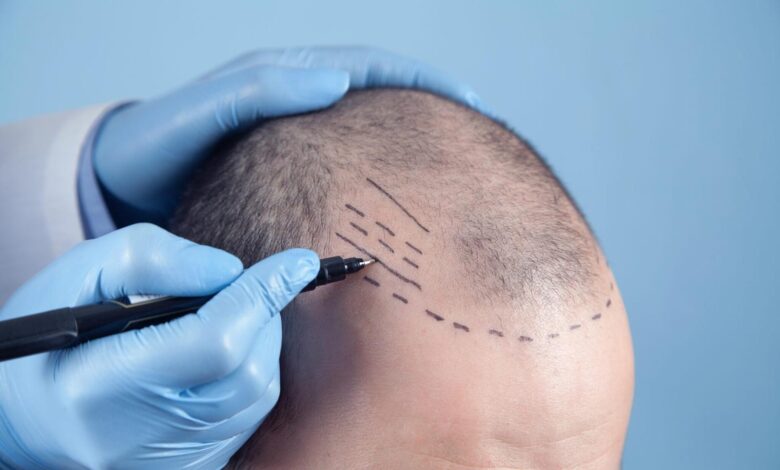
Contents
- 1 Things to Avoid After a Hair Transplant Procedure
- 2 Physical Activities
- 3 Hair Care
- 4 Medications and Supplements
- 5 Diet and Nutrition
- 6 Conclusion
- 7 FAQs
- 7.1 How long does it take to see the results of a hair transplant procedure?
- 7.2 What are the possible complications or side effects of a hair transplant procedure?
- 7.3 How can I prevent hair loss or thinning after a hair transplant procedure?
- 7.4 How often do I need to visit my doctor after a hair transplant procedure?
- 7.5 Can I dye, cut, or style my hair after a hair transplant procedure?
- 8 18 Things to Avoid After a Hair Transplant Procedure
Things to Avoid After a Hair Transplant Procedure
A hair transplant procedure is a surgical technique that involves moving hair follicles from one part of the body (usually the back or sides of the scalp) to another part of the body (usually the front or top of the scalp) where hair is thinning or balding. The purpose of this procedure is to restore the natural appearance and density of the hair, as well as to improve the self-confidence and quality of life of the patient.
A hair transplant procedure is considered a safe and effective way to treat hair loss caused by various factors, such as genetics, hormones, aging, stress, illness, injury, or medication. However, like any other surgery, it requires proper care and attention after the operation to ensure a successful outcome and a smooth recovery.
Following the post-operative instructions given by your doctor is crucial for avoiding any complications or infections, minimizing the risk of scarring or bleeding, promoting the healing and growth of the transplanted hair, and achieving the best possible results.
In this article, we will discuss some of the things that you should avoid after a hair transplant procedure, as well as the reasons why they are harmful and the duration for which they should be avoided. By following these guidelines, you can ensure a faster and easier recovery, as well as a more satisfying and long-lasting result.
Physical Activities
One of the most important things to avoid after a hair transplant procedure is any kind of physical activity that may put pressure, tension, or friction on your scalp or the transplanted area. This is because your scalp is still very sensitive and fragile after the surgery, and any disturbance or damage to the hair follicles or the surrounding tissue may affect their survival and growth, as well as cause bleeding, swelling, pain, or infection. Therefore, you should avoid the following physical activities for the specified period of time after your hair transplant procedure:
- Strenuous exercises and sports: You should avoid any vigorous or high-impact exercises and sports, such as running, jumping, lifting weights, cycling, swimming, or playing football, basketball, tennis, or golf, for at least two weeks after your hair transplant procedure. These activities may increase your blood pressure and heart rate, which may lead to bleeding or swelling of the scalp or the transplanted area. They may also cause sweating, which may irritate or infect the scalp or the transplanted area.
- Bending, lifting, or stretching: You should avoid any movements that involve bending, lifting, or stretching your head, neck, or shoulders, such as picking up something from the floor, reaching for something on a high shelf, or doing yoga, for at least a week after your hair transplant procedure. These movements may create tension or pull on your scalp or the transplanted area, which may damage the hair follicles or the surrounding tissue, as well as cause bleeding, swelling, pain, or infection.
- Swimming, sauna, or steam bath: You should avoid any exposure to water, heat, or steam, such as swimming, sauna, or steam bath, for at least a month after your hair transplant procedure. These activities may wet, soften, or loosen the scabs or crusts that form on your scalp or the transplanted area, which may interfere with the healing and growth of the hair follicles, as well as cause bleeding, swelling, pain, or infection. They may also introduce bacteria, fungi, or chemicals, such as chlorine, salt, or shampoo, into your scalp or the transplanted area, which may irritate or infect the scalp or the transplanted area.
Hair Care
Another important thing to avoid after a hair transplant procedure is any kind of hair care that may harm or disturb your scalp or the transplanted area. This is because your scalp is still very delicate and vulnerable after the surgery, and any contact or manipulation of the hair follicles or the surrounding tissue may affect their survival and growth, as well as cause bleeding, swelling, pain, or infection. Therefore, you should avoid the following hair care practices for the specified period of time after your hair transplant procedure:
- Washing your hair: You should avoid washing your hair for the first 48 hours after your hair transplant procedure. This is because your scalp is still very raw and tender after the surgery, and any exposure to water, soap, or shampoo may wash away the blood clots or the protective layer that form on your scalp or the transplanted area, which may interfere with the healing and growth of the hair follicles, as well as cause bleeding, swelling, pain, or infection. After 48 hours, you can gently wash your hair with lukewarm water and a mild shampoo, following the instructions given by your doctor.
- Rubbing, scratching, or touching your scalp: You should avoid rubbing, scratching, or touching your scalp for at least a week after your hair transplant procedure. This is because your scalp is still very itchy and sensitive after the surgery, and any friction or pressure on your scalp or the transplanted area may dislodge or damage the hair follicles or the surrounding tissue, as well as cause bleeding, swelling, pain, or infection. If you feel any discomfort or irritation on your scalp, you can apply a cold compress or a spray of saline solution, following the instructions given by your doctor.
- Using hair products, hair dryers, or hair accessories: You should avoid using any hair products, hair dryers, or hair accessories for at least two weeks after your hair transplant procedure. This is because your scalp is still very fragile and susceptible after the surgery, and any exposure to chemicals, heat, or objects may harm or disturb the hair follicles or the surrounding tissue, as well as cause bleeding, swelling, pain, or infection. You should also avoid dyeing, bleaching, or perming your hair for at least a month after your hair transplant procedure, as these processes may damage or weaken the hair follicles or the surrounding tissue, as well as affect the color or texture of the transplanted hair.
- Exposing your scalp to direct sunlight, dust, or pollution: You should avoid exposing your scalp to direct sunlight, dust, or pollution for at least a month after your hair transplant procedure. This is because your scalp is still very sensitive and prone to inflammation after the surgery, and any exposure to ultraviolet rays, dirt, or toxins may burn, irritate, or infect your scalp or the transplanted area, as well as cause bleeding, swelling, pain, or infection. You should also avoid wearing hats, caps, helmets, or scarves for at least two weeks after your hair transplant procedure, as these may create pressure or friction on your scalp or the transplanted area, as well as trap heat, moisture, or bacteria, which may interfere with the healing and growth of the hair follicles, as well as cause bleeding, swelling, pain, or infection.
Medications and Supplements
Another important thing to avoid after a hair transplant procedure is any kind of medication or supplement that may interfere with the healing and growth of the hair follicles, as well as cause bleeding, swelling, pain, or infection. This is because your scalp is still very vulnerable and reactive after the surgery, and any intake of substances that may affect your blood flow, immune system, or inflammation response may hinder the healing and growth of the hair follicles, as well as cause bleeding, swelling, pain, or infection. Therefore, you should avoid the following medications and supplements for the specified period of time after your hair transplant procedure:
- Alcohol, smoking, and caffeine: You should avoid consuming alcohol, smoking, or drinking caffeinated beverages, such as coffee, tea, or energy drinks, for at least a week after your hair transplant procedure. This is because these substances may dehydrate your body, dilate your blood vessels, or stimulate your nervous system, which may increase your blood pressure and heart rate, which may lead to bleeding or swelling of the scalp or the transplanted area. They may also impair your immune system, which may increase the risk of infection or rejection of the hair follicles.
- Aspirin, anti-inflammatory drugs, or herbal supplements: You should avoid taking aspirin, anti-inflammatory drugs, such as ibuprofen or naproxen, or herbal supplements, such as ginkgo biloba or garlic, for at least two weeks after your hair transplant procedure. This is because these substances may thin your blood, reduce your blood clotting ability, or interfere with your medication, which may increase the risk of bleeding or bruising of the scalp or the transplanted area. They may also affect your hormone levels, which may influence the growth or quality of the transplanted hair.
- Blood thinners, steroids, or immunosuppressants: You should avoid taking blood thinners, such as warfarin or heparin, steroids, such as prednisone or cortisone, or immunosuppressants, such as cyclosporine or azathioprine, for at least a month after your hair transplant procedure. This is because these substances may alter your blood flow, immune system, or inflammation response, which may compromise the healing and growth of the hair follicles, as well as cause bleeding, swelling, pain, or infection. They may also affect your hair cycle, which may result in hair loss or thinning of the transplanted hair.
Diet and Nutrition
Another important thing to avoid after a hair transplant procedure is any kind of food or drink that may irritate or infect your scalp or the transplanted area, as well as affect the healing and growth of the hair follicles. This is because your scalp is still very sensitive and susceptible after the surgery, and any intake of substances that may cause allergies, infections, or inflammation may harm or disturb the hair follicles or the surrounding tissue, as well as cause bleeding, swelling, pain, or infection. Therefore, you should avoid the following foods and drinks for the specified period of time after your hair transplant procedure:
- Spicy, oily, or greasy foods: You should avoid eating spicy, oily, or greasy foods, such as chili, curry, pizza, or fries, for at least a week after your hair transplant procedure. This is because these foods may increase your body temperature, which may lead to sweating or flushing of the scalp or the transplanted area. They may also trigger your stomach acid, which may cause nausea, vomiting, or diarrhea, which may dehydrate your body or affect your blood pressure.
- Dairy products, eggs, or seafood: You should avoid eating dairy products, eggs, or seafood, such as milk, cheese, yogurt, eggs, fish, or shellfish, for at least two weeks after your hair transplant procedure. This is because these foods may contain bacteria, fungi, or allergens, which may infect or irritate your scalp or the transplanted area. They may also cause gas, bloating, or constipation, which may create pressure or discomfort on your scalp or the transplanted area.
- Foods that may cause allergies, infections, or inflammation: You should avoid eating foods that may cause allergies, infections, or inflammation, such as nuts, seeds, soy, wheat, gluten, or sugar, for at least a month after your hair transplant procedure. This is because these foods may trigger your immune system, which may attack or reject the hair follicles or the surrounding tissue, as well as cause bleeding, swelling, pain, or infection. They may also affect your hormone levels, which may influence the growth or quality of the transplanted hair.
Conclusion
In conclusion, a hair transplant procedure is a great way to restore your hair and your confidence, but it requires proper care and attention after the operation to ensure a successful outcome and a smooth recovery. By avoiding the things that we discussed in this article, you can prevent any complications or infections, minimize the risk of scarring or bleeding, promote the healing and growth of the transplanted hair, and achieve the best possible results.
Some of the tips and suggestions that you can follow to make your recovery easier and faster are:
- Follow the post-operative instructions given by your doctor carefully and diligently.
- Keep your scalp clean and dry, and apply the prescribed medication or lotion as directed.
- Sleep with your head elevated on a pillow, and avoid sleeping on your side or stomach.
- Drink plenty of water and eat a balanced and nutritious diet, rich in protein, vitamins, minerals, and antioxidants.
- Avoid stress and anxiety, and relax and rest as much as possible.
- Be patient and optimistic, and remember that the results of a hair transplant procedure are not immediate, but gradual and progressive.
FAQs
How long does it take to see the results of a hair transplant procedure?
It may take up to 12 months to see the full results of a hair transplant procedure, as the transplanted hair follicles go through different phases of growth and shedding. The transplanted hair may fall out within the first few weeks after the surgery, but this is normal and expected, as it makes way for new and healthy hair to grow. The new hair may start to appear after three to four months, and it may continue to grow and thicken over the next six to nine months. The final result may vary depending on the individual’s hair type, density, color, and texture, as well as the extent and pattern of hair loss.
What are the possible complications or side effects of a hair transplant procedure?
A hair transplant procedure is generally safe and effective, but like any other surgery, it may have some potential complications or side effects, such as:
- Bleeding or bruising of the scalp or the donor area
- Swelling or pain of the scalp or the forehead – Infection or inflammation of the scalp or the transplanted area
- Scarring or numbness of the scalp or the donor area
- Shock loss or temporary hair loss of the surrounding hair
- Poor growth or quality of the transplanted hair
- Unsatisfactory or unnatural appearance of the hairline or the hair density
These complications or side effects are usually rare and mild, and they can be prevented or treated by following the post-operative instructions given by your doctor. However, if you experience any severe or persistent symptoms, such as excessive bleeding, fever, pus, or redness, you should contact your doctor immediately.
How can I prevent hair loss or thinning after a hair transplant procedure?
A hair transplant procedure can restore your hair and your confidence, but it cannot stop the natural process of hair loss or thinning that may continue to affect your existing hair. Therefore, you should take some preventive measures to maintain your hair health and prevent further hair loss or thinning, such as:
- Avoiding the things that we discussed in this article, such as physical activities, hair care, medications, supplements, diet, and nutrition, that may harm or disturb your scalp or the transplanted hair.
- Using gentle and natural hair products, such as shampoo, conditioner, or oil, that may nourish and moisturize your scalp and your hair.
- Avoiding harsh or damaging hair treatments, such as dyeing, bleaching, perming, or straightening, that may weaken or break your hair.
- Protecting your scalp and your hair from external factors, such as sunlight, dust, or pollution, that may burn, irritate, or infect your scalp or your hair.
- Taking oral or topical medications, such as minoxidil or finasteride, that may stimulate or preserve your hair growth.
- Consulting your doctor regularly and following their advice and recommendations.
How often do I need to visit my doctor after a hair transplant procedure?
You need to visit your doctor regularly after a hair transplant procedure to monitor your recovery and your results. The frequency and the duration of your visits may vary depending on your individual case and your doctor’s preference, but generally, you may need to visit your doctor:
- The day after the surgery, to remove the bandages and to check the condition of your scalp and the transplanted area.
- A week after the surgery, to remove the stitches or the staples from the donor area and to evaluate the healing and the growth of the hair follicles.
- A month after the surgery, to assess the progress and the outcome of the hair transplant procedure.
- Every three to six months, to follow up on the development and the improvement of the transplanted hair.
Can I dye, cut, or style my hair after a hair transplant procedure?
You can dye, cut, or style your hair after a hair transplant procedure, but you should wait for at least six months before doing so. This is because your scalp and your hair need time to heal and grow after the surgery, and any exposure to chemicals, heat, or objects may damage or disturb the hair follicles or the surrounding tissue, as well as affect the color or texture of the transplanted hair. You should also consult your doctor before changing your hair color or style, as they may advise you on the best products and methods to use for your hair type and condition.
18 Things to Avoid After a Hair Transplant Procedure
- Driving
- Sleeping Flat
- Ignoring Your Labels
- Forgetting The Ice
- Scrubbing Your Hair Or Shower
- Dyeing Your Hair
- Forgetting To Drink Water
- Assuming Your Hair Won’t Fall Out
- Sleeping On Your Tummy
- Applying Ice Directly To Your Scalp
- Soaking Up The Sun
- Wearing All Your Sport Gear
- Going For A Personal Record
- Sweating It Out
- Drinking And Smoking
- Having Sex
- Eating Fast Food
- Consuming Sugar
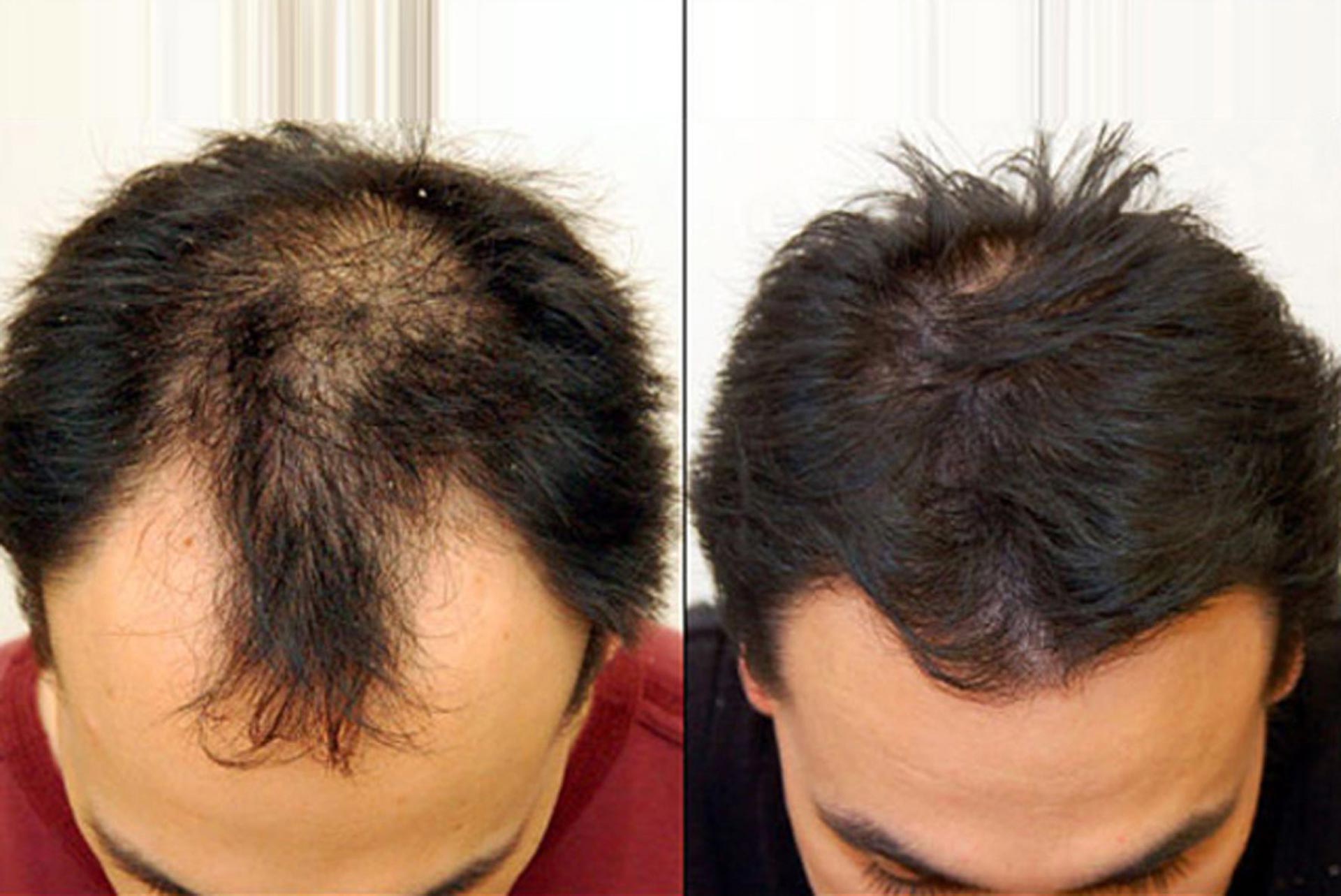
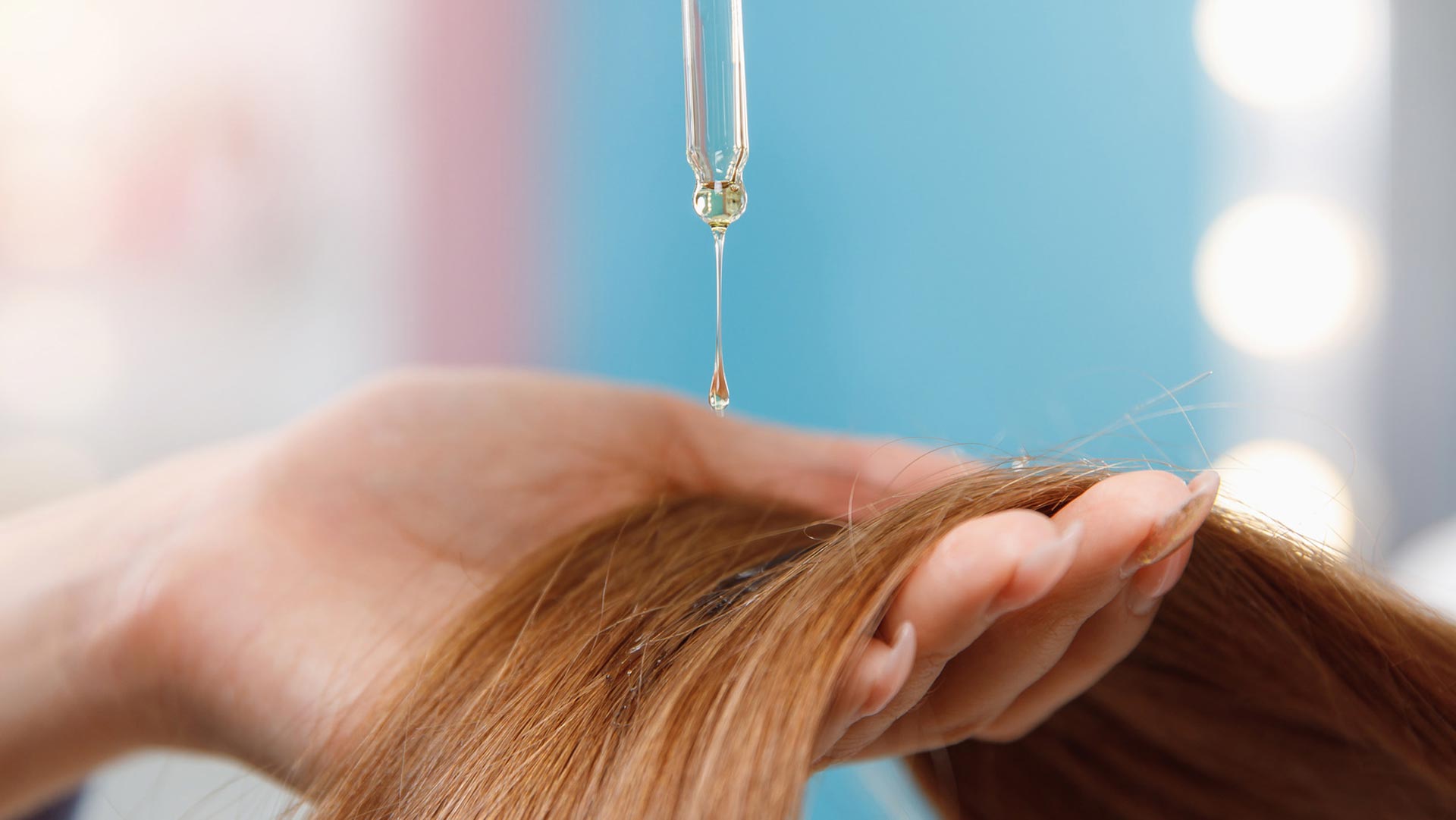
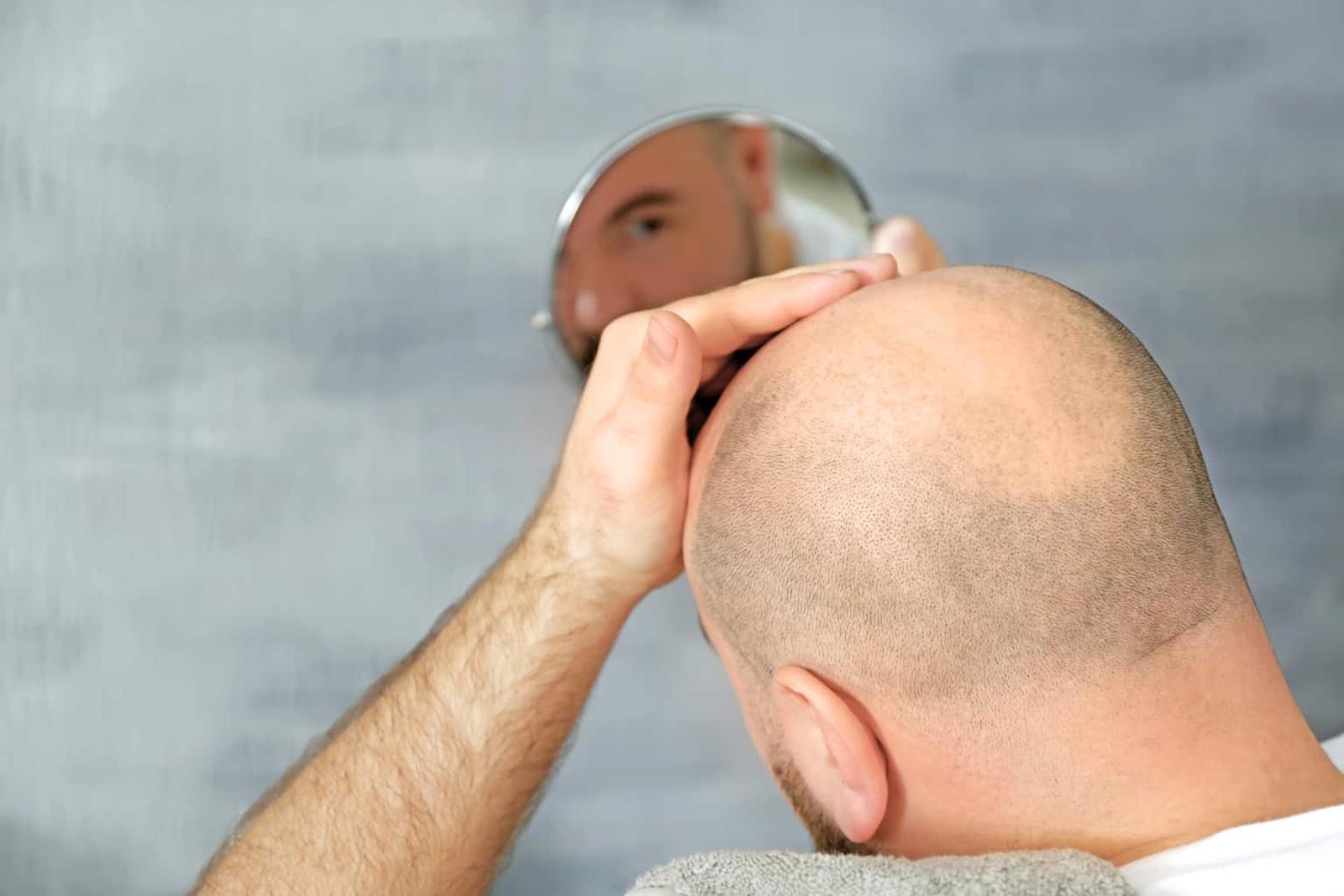
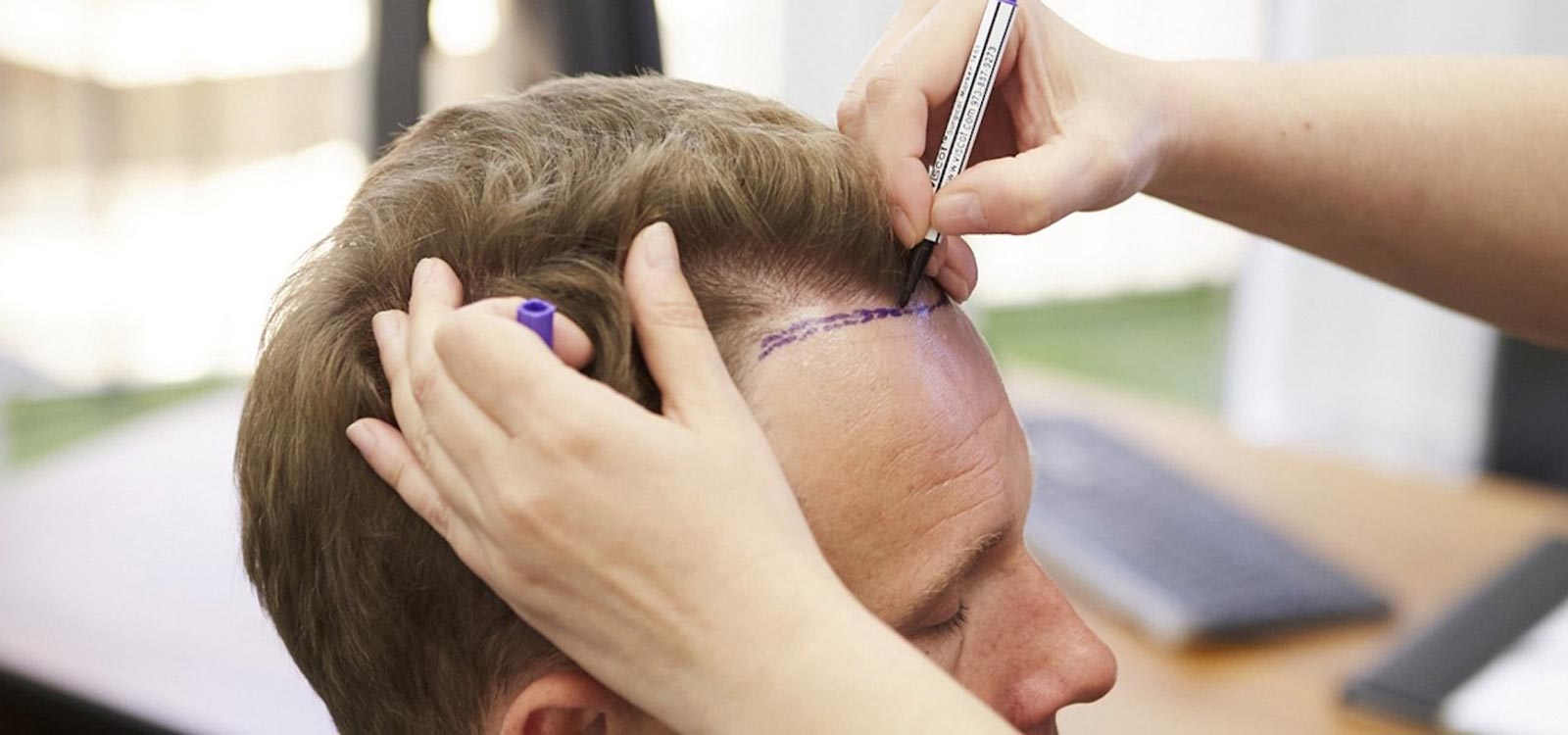
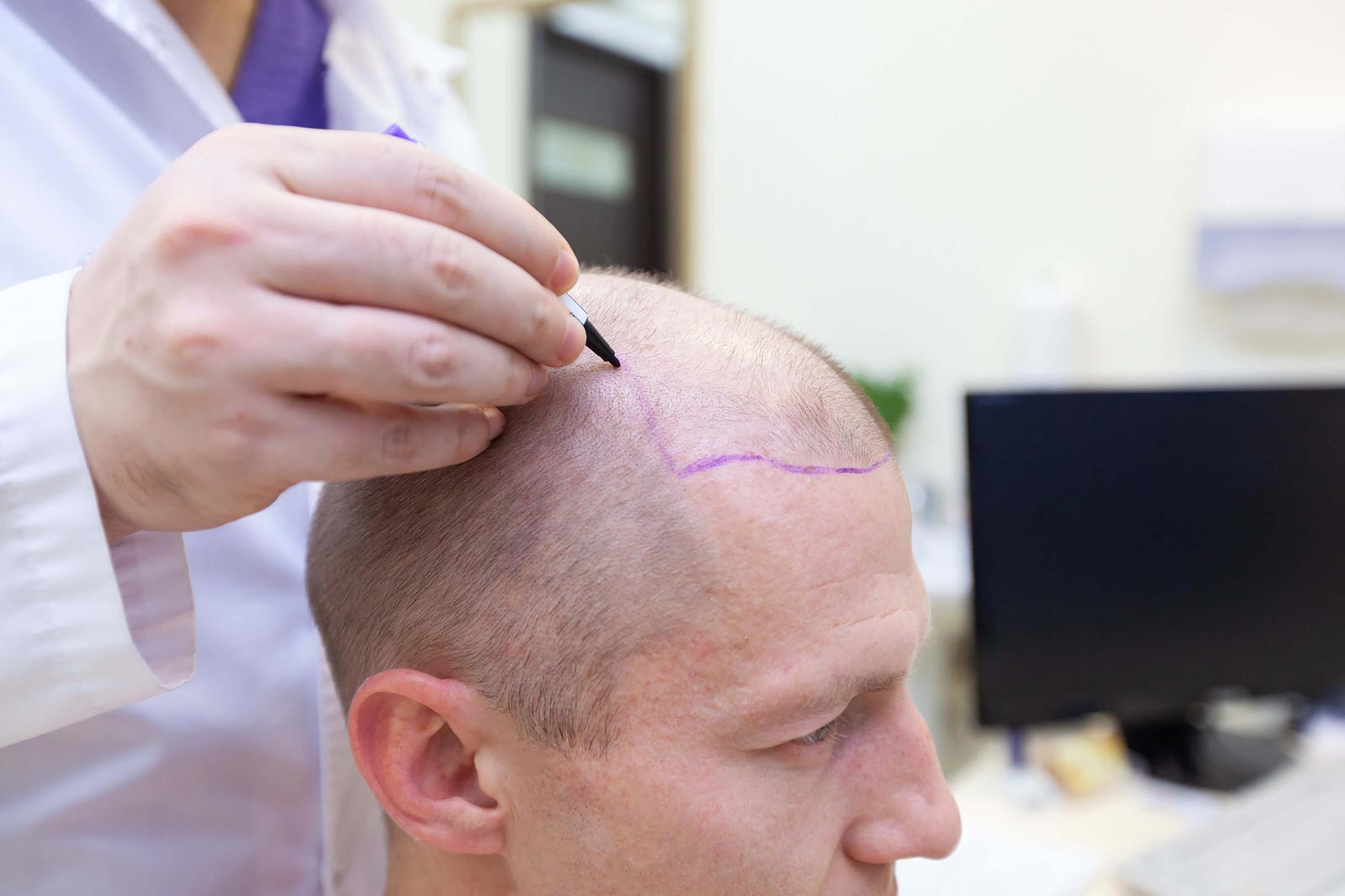
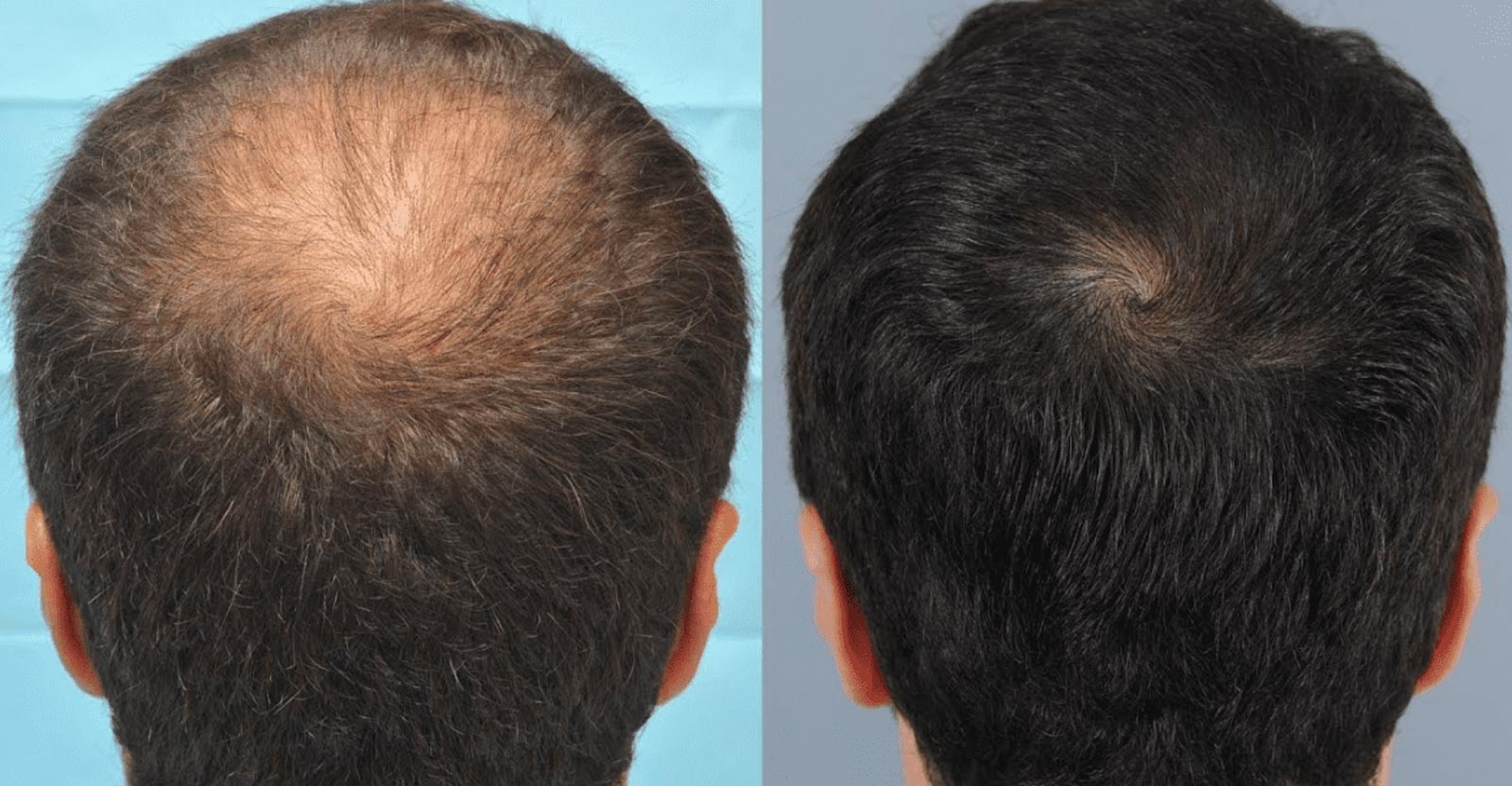
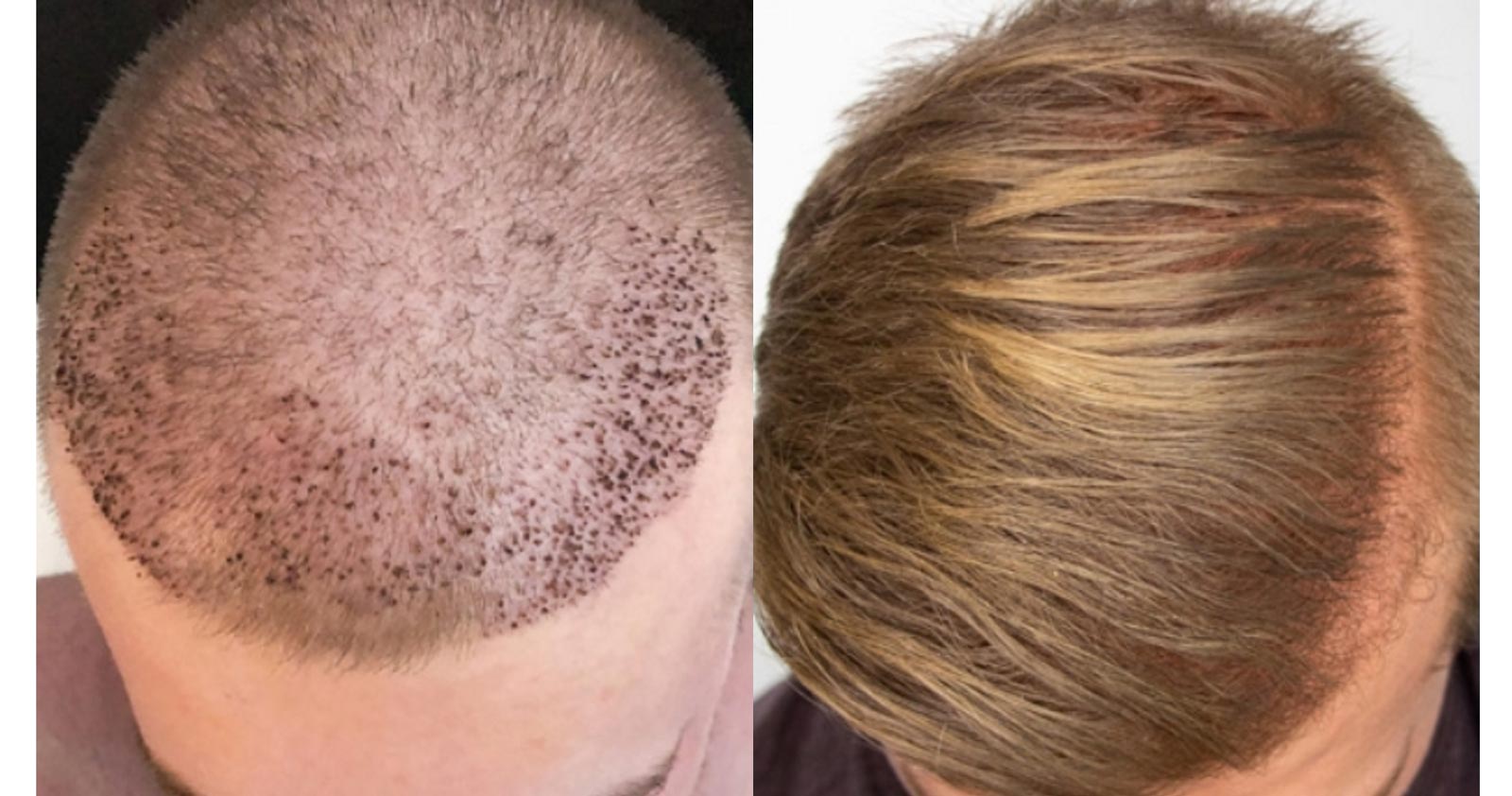
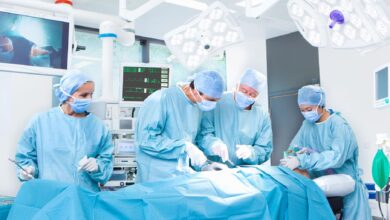
One Comment